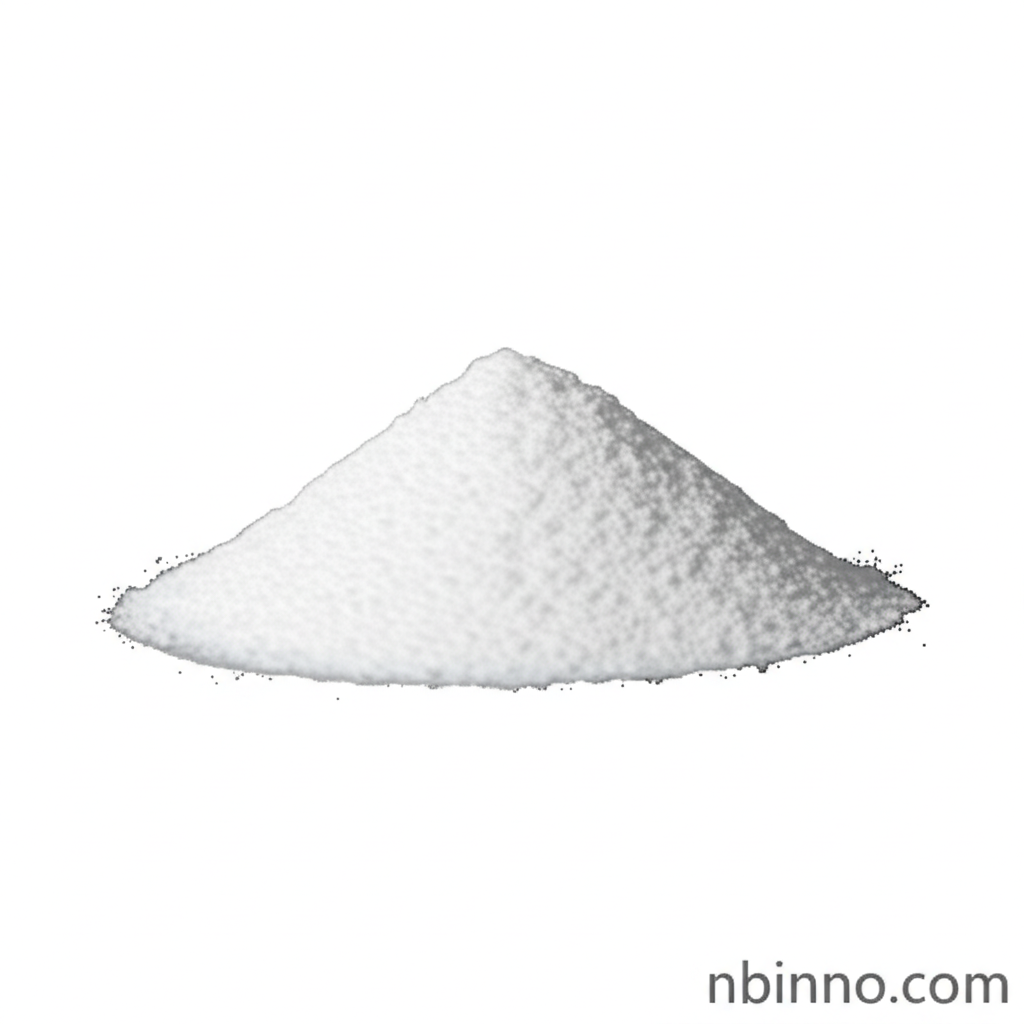2,6-Dichloronicotinic Acid: A Versatile Intermediate
Unlock innovation in pharmaceuticals and agrochemicals with this essential building block.
Get a Quote & SampleProduct Core Value

2,6-Dichloronicotinic Acid
2,6-Dichloronicotinic acid is a highly valuable chemical intermediate recognized for its crucial role in the synthesis of diverse and complex molecules, particularly within the pharmaceutical and agrochemical sectors. Its unique chemical structure, featuring two chlorine atoms on the pyridine ring, imparts significant reactivity, making it an indispensable building block for advanced chemical synthesis and product development.
- Explore the synthesis of herbicides with 2,6-dichloronicotinic acid, a critical step in developing effective weed control solutions for modern agriculture.
- Leverage 2,6-dichloronicotinic acid for metabolic disorder drug development, harnessing its potential in creating targeted therapies.
- Utilize this compound as a key building block in organic synthesis, enabling the efficient creation of novel molecular structures.
- Discover the broad spectrum of 2,6-dichloro-3-pyridinecarboxylic acid applications, from advanced pharmaceutical intermediates to specialized fine chemicals.
Key Advantages
Enhanced Reactivity
The specific arrangement of chlorine atoms on the pyridine ring of 2,6-dichloronicotinic acid significantly boosts its chemical reactivity, facilitating a wider range of synthetic transformations and thus accelerating innovation in chemical research.
Pharmaceutical Synthesis Intermediate
As a vital intermediate for pyridine derivatives, this compound is instrumental in the pharmaceutical industry, aiding in the development of potential drug candidates for complex health conditions.
Agrochemical Production
Its application in agrochemicals underscores its importance in producing essential herbicides and pesticides, contributing to improved crop yields and sustainable farming practices.
Key Applications
Pharmaceutical Development
This acid is a critical component in the synthesis of various pharmaceutical agents, especially in creating drugs that target metabolic disorders by inhibiting enzymes like 11β-hydroxysteroid dehydrogenase type 1, thus enhancing therapeutic options.
Agrochemicals Production
It serves as an important intermediate in the synthesis of herbicides and pesticides, contributing to advancements in agricultural chemistry and providing effective solutions for pest and weed management.
Organic Synthesis Building Block
Chemists rely on 2,6-dichloronicotinic acid as a versatile building block to construct complex molecular structures efficiently, paving the way for new discoveries and innovations across multiple scientific fields.
Fine Chemical Manufacturing
Its utility extends to the production of fine chemicals, where its reactive nature and structural characteristics make it a preferred choice for creating specialized chemical products used in diverse industrial applications.
Related Technical Articles & Resources
Why Choose Us?
Leverage our expertise and state-of-the-art infrastructure to accelerate your journey from discovery to commercial success.
Global Experience
With 20 years of R&D, manufacturing, and sales experience, we proudly serve clients across 60 countries and regions worldwide.
Advanced Facilities
Our in-house R&D laboratory, pilot platform, and large-scale production workshop are equipped to meet the audit requirements of global customers.
Seamless Scalability
We facilitate a perfect transition from small-scale lab requirements (grams) to full commercialization (hundreds of tons).
